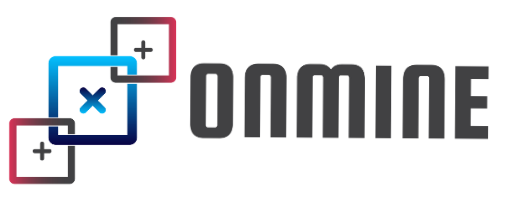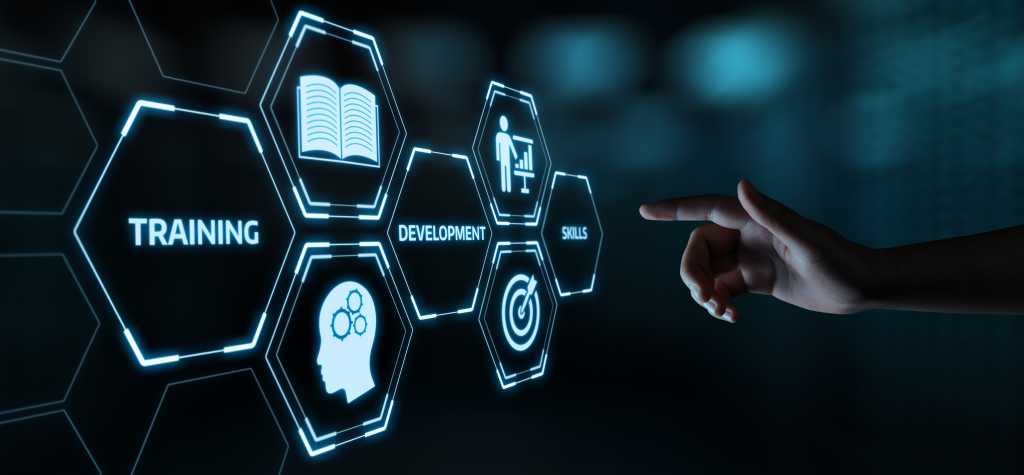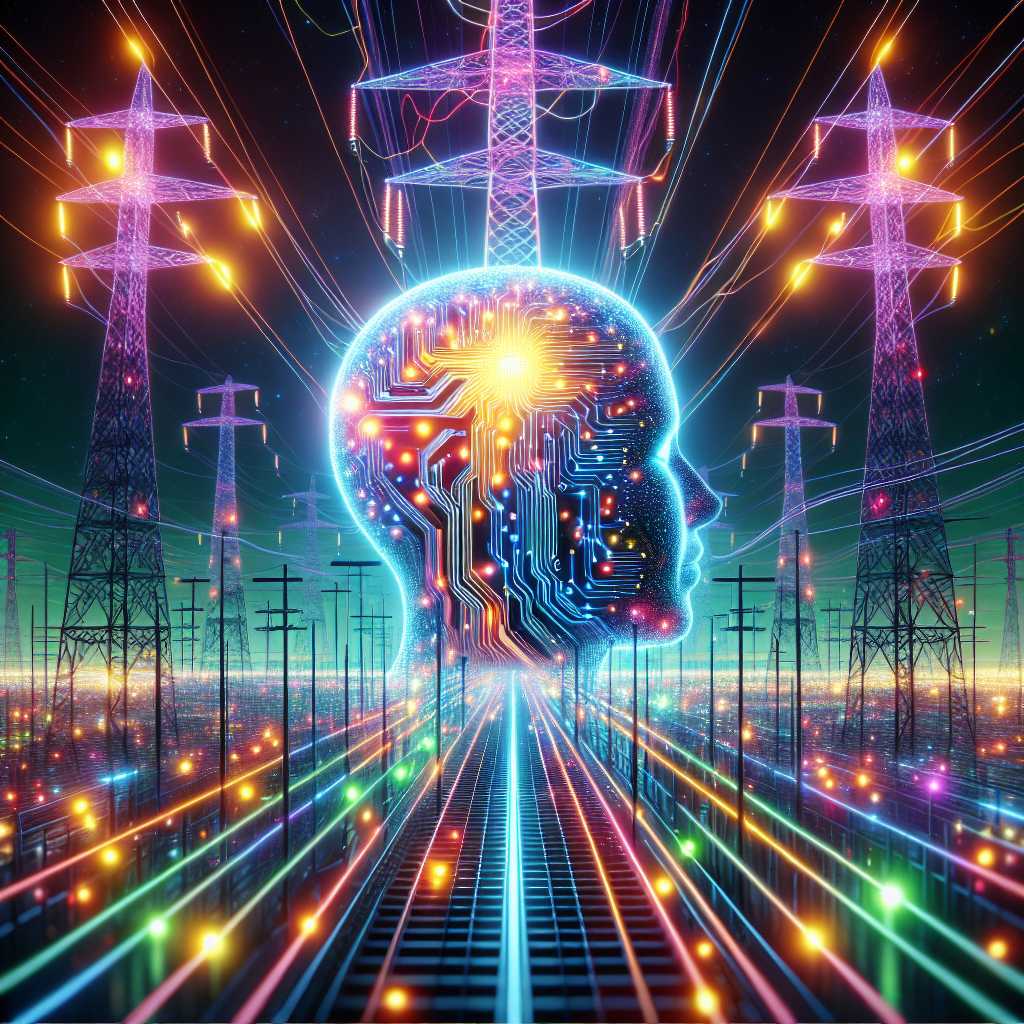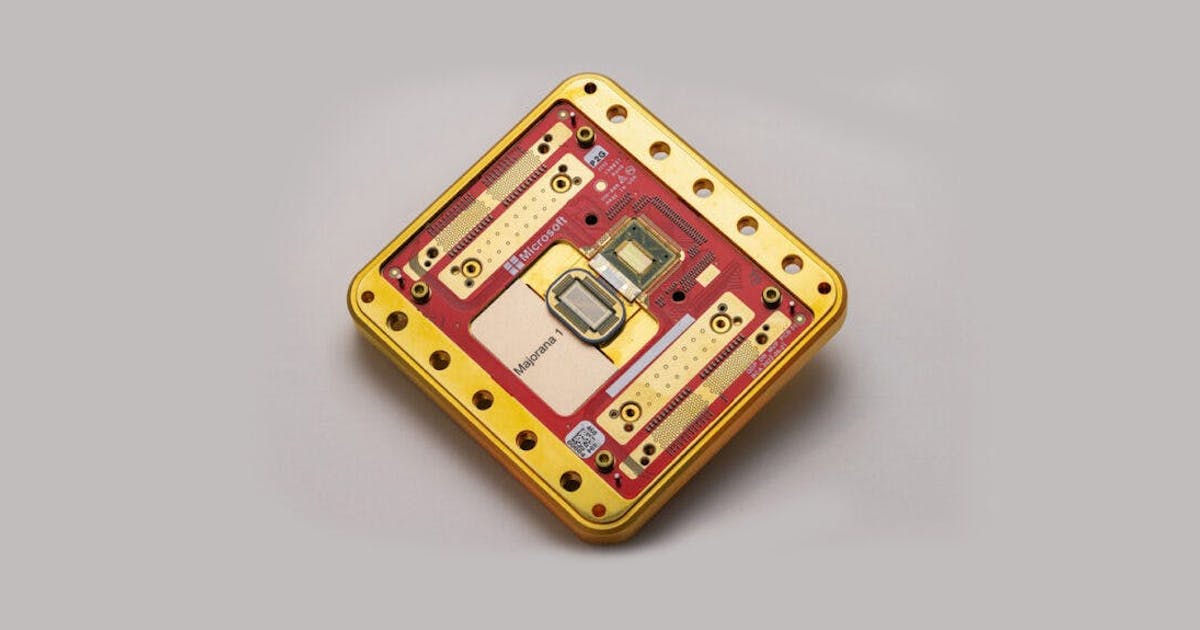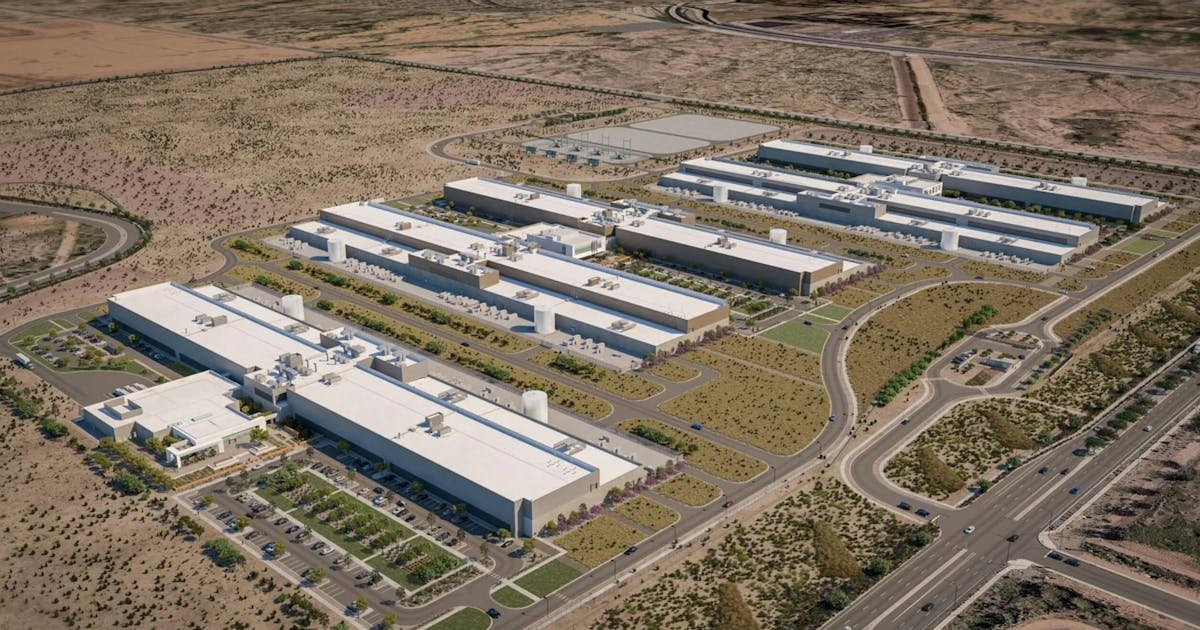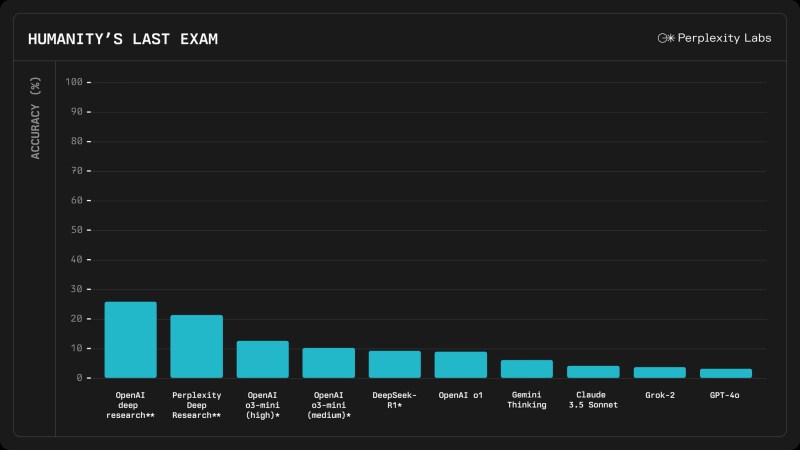A trip to Walmart. An aging German shepherd. A cheap disposable camera.
These are just a few of the seemingly mundane things that have sparked the relentlessly imaginative mind of Kurt Schroder ’90, leading to some of his groundbreaking inventions.
“I just can’t stop doing it,” he says, with a chuckle and a tiny trace of southern Indiana twang. “I invent all the time. It doesn’t matter what it is. I’m always doing experiments.”
Schroder grew up on a farm but always knew his future wasn’t in agriculture. With his heart set on studying physics, he applied only to MIT—ignorant, he says, of just how academically rigorous it would be. Once enrolled, he watched as his “super genius” classmates appeared to sail through their classes, while he worked harder than they did but earned only Bs.
Everything changed when he made his way through the notorious gauntlet of Course 8 Junior Lab, considered one of the most demanding two-term lab classes at the Institute. While tinkering during that advanced experimental physics class, he found his path.
“It eliminates a lot of people, but for some reason it was the easiest class for me,” he remembers now. “I would not only fix the machines and get them working but actually get better measurements than other people did, and figured out ways to use the equipment to do things that no one had noticed.”
But in his regular classes, he still felt he was treading water. “I realized that, okay, I still wanted to be a physicist, but maybe a slightly different kind of physicist,” he says.
For example, the kind of physicist who manages to improve the everyday hammer—a tool so ubiquitous and taken for granted that it hadn’t been reconceived in hundreds, maybe thousands, of years until Schroder came along. Or the kind who would save an old dog using nanoparticles of silver. Or one who would use a $7 camera to brainstorm his way to a new thermal processing technique that has revolutionized the mass production of electronic circuits.
After MIT, Schroder spent two years designing weapons for the US Navy before enrolling in a doctoral program in plasma physics at the University of Texas at Austin. As he was approaching his final year, he and his wife, Lisa, went to Walmart one day to run an errand. “Like a stereotypical guy, I walked into the tool section and I started looking at the hammers,” Schroder recalls. “I realized all the hammers were designed incorrectly. It became almost an obsession for me.”
“I became enamored with the fact that I could work on something that everybody had the opportunity to fix and did not.”
What Schroder picked up on wasn’t the design of the tools, exactly, but the fact that the manufacturers were effectively broadcasting a flaw. “The labels of all the hammers said ‘We have a shock-reduction grip’ or a ‘vibration-reducing grip’ and I would try it and it didn’t work,” he says. “They were saying: ‘This is not a solved problem.’ They just gave me the information I needed. Have you ever heard of a tire company that says ‘Our tires are round’?”
At the time, Schroder was taking another exacting class, this one on mechanics. The professor told students he planned to cover 14 weeks of the syllabus in a mere six weeks and focus on special topics in the remaining time. Many students were intimidated and dropped out, but Schroder stuck with it. (“It was the type of abuse I was used to at MIT,” he jokes, pointing to his brass rat. “So it was just fine.”) Somewhat fortuitously, one of those “special topics” was baseball bats.
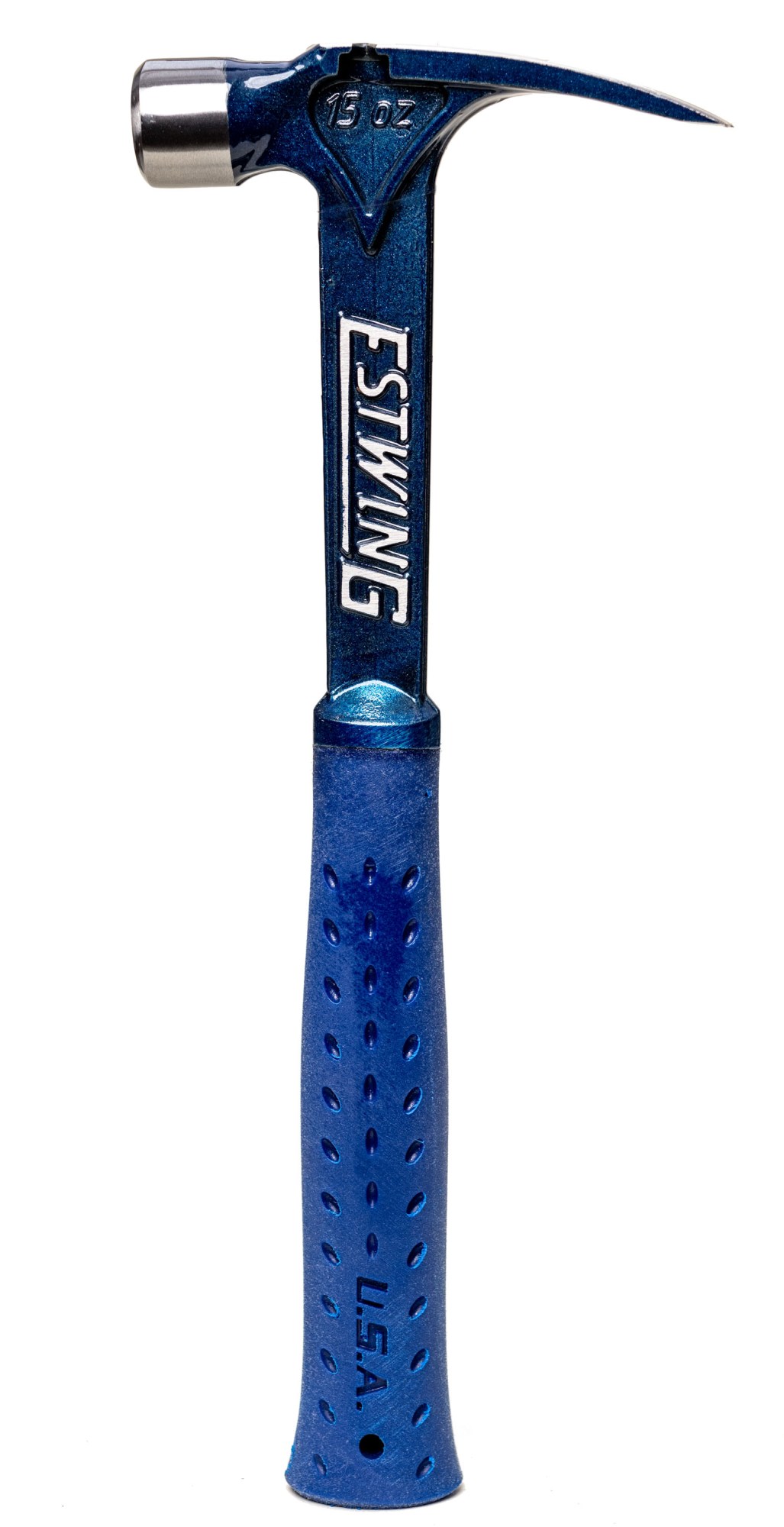
Because Schroder was so consumed by the hammer vibration problem—another activity that involves the mechanics of swinging—he read books about the legendary Boston Red Sox batter Ted Williams to learn more. He interviewed carpenters. He spent a fair amount of time with a hammer in his hand. “I got to be pretty good at it myself. I was just hammering all the time,” he says. “I ended up losing part of my hearing because I was doing all this work on anvils.”
He developed tests to measure vibrations and crafted a “cyberglove” that would read them and upload the data into a computer program. After two years of data collection and analysis, he concluded that most attempts to improve hammers involved adding length and therefore weight. That causes fatigue and potentially exacerbates what is known as “hammer elbow” or lateral epicondylitis, a repetitive stress disorder that can plague construction workers.
Schroder determined that there was a “little spot in a hammer where there’s not much vibration”—the part of the handle most people would naturally grasp. He figured out that if you remove weight from the parts of the handle adjacent to the grip and insert foam there, that insulates the user’s hand from the shock of impact and resulting vibration. Using foam inserts also made it feasible for him to redesign the hammer head to increase the effective length of the hammer—and boost momentum transfer by about 15%—without adding weight. In other words, his design not only reduced vibration but made the hammer hit harder with less effort.
These modifications also cut manufacturing costs. Today, Schroder’s design improvements have made their way into the majority of hammers sold in the United States, making hammering much easier on users’ elbows—and relieving manufacturers from the mounting threat of lawsuits for vibration-related workplace injuries.
“It’s kind of a boring thing, really. It’s not something that physicists work on,” he says. “I became enamored with the fact that I could work on something that everybody had the opportunity to fix and did not.”
In the course of tackling the hammer problem, Schroder says, he learned that being an inventor is as much about perseverance and grit as it is about science or imagination. His professors told him he was wasting his time and shouldn’t bother. Then, after he presented his innovations to hammer companies, they said they didn’t think his developments were patentable—yet proceeded to incorporate them into their new designs. Two patents were ultimately issued to Schroder, and 16 years later, after suing the hammer companies, he was finally compensated for his innovations. He paid off his house, took his wife and five kids to Italy, and gave the rest of the proceeds to charity, he says.
By that time, he had already moved on.
In the early 2000s, while working at a company then called Nanotechnologies, Schroder was applying the concept of pulsed power, a subfield of physics and electrical engineering he’d studied at MIT, to synthesize nanoparticles. Pulsed power involves extremely brief, intense bursts of electric current that deliver “a huge amount of power—a ridiculous amount of power—for a short period of time,” Schroder explains. For example, a flash camera might take five seconds to charge, drawing a mere five watts from an AA battery. But when it releases that stored energy in less than a thousandth of a second, the flash is about 20,000 watts.
“Inventing is a skill, not a talent. Everyone can be an inventor.”
For one of its many projects, the company had been developing an electro-thermal gun, originally intended for military purposes, that Schroder says had “a very intense arc discharge—a spark, but 100,000 amps.” He describes the 50-megawatt prototypes they produced as “a little bit scary” and calls it a “failed device that never got out of the laboratory.” But his predecessors at the company realized that if they pulled the trigger after removing the projectile from the barrel, the high heat of the pulsed arc discharge would erode the silver electrodes inside the barrel, generating plasma that shot out of the device. When the plasma rapidly cooled, these eroded, or ablated, electrodes reacted with gases to form nanoparticles. An inert gas, like helium, would generate silver nanoparticles. A reactive gas would form nanoparticles of a compound, like silver oxide.
Abandoning the idea of an electrothermal gun altogether, Schroder and his colleagues drew on his expertise in pulsed power and focused on applying it to rods of, say, silver or aluminum to produce nanoparticles of those materials. Then they determined that if they tweaked the length of the pulse, from one millisecond to two or more, they could change the average particle size to suit a broader range of applications. The discovery was “really exciting,” Schroder says now, but it proved difficult to capitalize on given the lack of commercial demand for nanoparticles at the time. The company was on the verge of bankruptcy.
Around this time, in 2001, Schroder inherited an ailing 12-year-old German shepherd named Heidi. “She had these pus-y wounds that were a half-inch in diameter and a half-inch deep in her knees and elbows,” Schroder recalls. “The infection was so bad she couldn’t get up.” He began to treat Heidi with a salve made for dogs and horses, but after a couple of weeks she was not improving. “I thought, darn it, I don’t want to put her down,” Schroder remembers.
But then he thought of the silver nanoparticles that his company had developed. “I had heard that some of the stuff might be antimicrobial,” he says. So he mixed the nanoparticles into the salve and applied it to Heidi’s wounds. Within two weeks, they had healed, and Heidi could stand and even run. Now the nanoparticle-infused salve is an FDA-approved product that hospitals use to treat burn victims. “We referred to her, lovingly, as Heidi the Nano Dog,” Schroder says.
Today, Schroder is best known for his second nanoparticle invention, which he dreamed up when he became fascinated with the idea of printed electronics.
“I thought, wouldn’t it be kind of cool if you could take an inkjet printer cartridge, jailbreak it, and [add metallic] nanoparticles and make a dispersion, make an ink?” he says. “You could print wires on a piece of paper and make the cheapest circuit in the world.”

The problem is that cheaper substrates, including paper and plastic, will ignite at the high temperatures necessary to sinter, or cure, the nanoparticles into wires. (Melting silver requires a temperature of 962 °C, but paper ignites at 233 °C, or the novelistically famous Fahrenheit 451.) Equally problematic, the ovens in which this sintering takes place are often very large and slow, and they require a lot of energy.
This is where a disposable camera enters the picture.
“The first one I got from Walgreens. It cost me seven bucks, but I jailbroke it so I could keep on flashing it,” he recalls. Schroder says he figured that he could use the intense flash of light to heat only the nanoparticles (which are black and readily absorb light), sintering them together into wires so fast that the paper or plastic substrate on which he’d printed them did not have a chance to melt or warp. The idea, Schroder explains, was to harness the intensity of the flash (the pulsed power) to generate millisecond bursts of high power using minimal energy. “It was one of those rare times in technological development in which faster, better, and cheaper all happened simultaneously,” he says.
He and his colleagues ultimately scaled up the flash concept into an industrial system known as PulseForge, which can generate bursts of heat hot enough to cure nanoparticles into conductive traces—and do it so quickly that their substrates survive the heat.
“With this flash lamp technology—photonic curing, that’s what I called it—we can go up to about 400 °C. But we can do in one millisecond what normally would take 10 minutes or longer,” Schroder says. “This replaces an oven, which can be hundreds of meters long and take up an entire building and use tons and tons of energy.” Today, he is CTO of the company, which is now known as PulseForge. It offers digital thermal processing systems that make manufacturing more sustainable and more affordable.
Though he can’t be specific about what the company’s clients manufacture, Schroder says PulseForge’s technology is used to make consumer electronics that most people own today.
After 30 years of experimentation in many fields—including mechanical engineering, chemistry, pulsed power, nanotechnology, and printed electronics—Schroder holds 41 US patents and more than 70 international ones. He’s won the prestigious R&D 100 Award twice. In 2012, the Texas State Bar named him Inventor of the Year, and in 2023, the Austin Intellectual Property Law Association did the same.
Schroder says he won’t live long enough to explore all the ideas bouncing around in his head. But one thing he’d like to do is provide some guidance to fledgling inventors—a kind of practical and personal road map to success. He’s already started writing a book, called simply How to Invent.
The book was partially inspired by a gathering he organized a few years ago for his oldest daughter, who was then 11, and 40 or so of her friends from a scouting group. Schroder called it an “invention fair.”
“I told them: I want you to identify problems in the world,” he says. “You’re going to try to solve them.”
He was so impressed with the girls’ ideas, including his daughter’s—a backpack that dispenses M&Ms—that something struck him. “Inventing is a skill, not a talent,” he says. “Everyone can be an inventor, and seeing these 40 little girls come up with some pretty darn good inventions—I realized there’s a process for this.”
One of his hard-won pieces of advice is to find joy in that process—to be happy simply because an experiment works. “Don’t focus too much [on] if you’re going to make a zillion dollars or be in charge of it,” he says. “Because guess what? There are a hundred more inventions after that.”
There is, however, one intangible trait that every inventor should have: the outlook that a glass is neither half full nor half empty.
“The inventor says: ‘I can make a better glass,’” he says. “An inventor always sees a future in which everything is better.”
